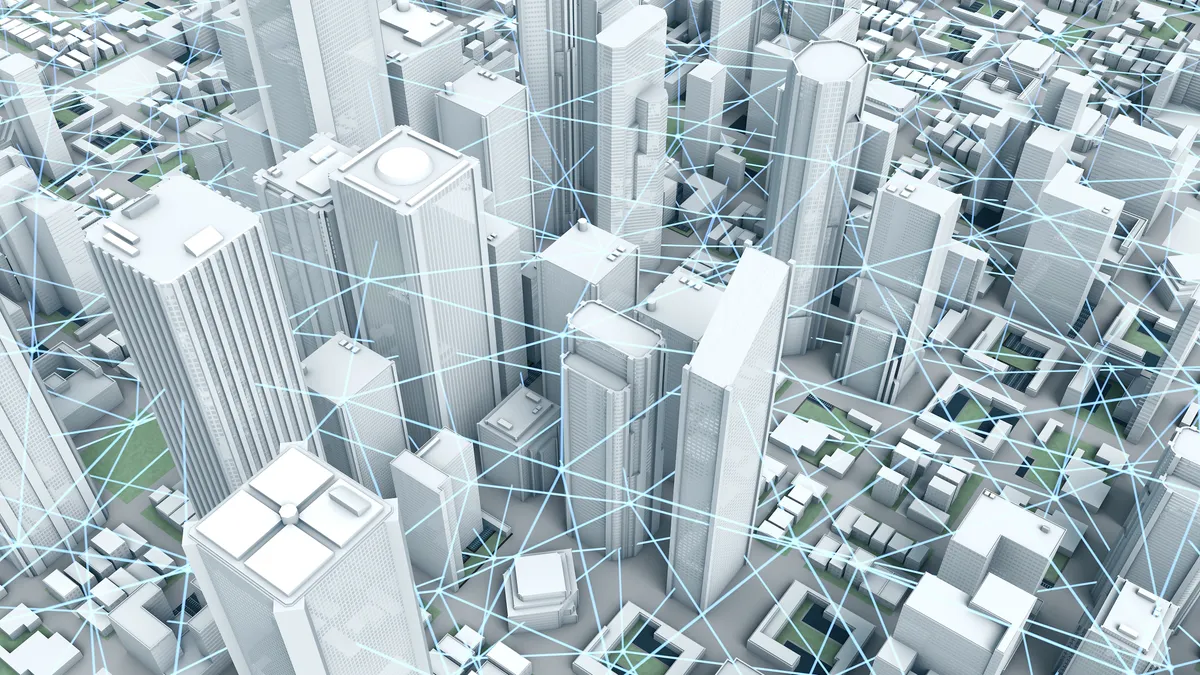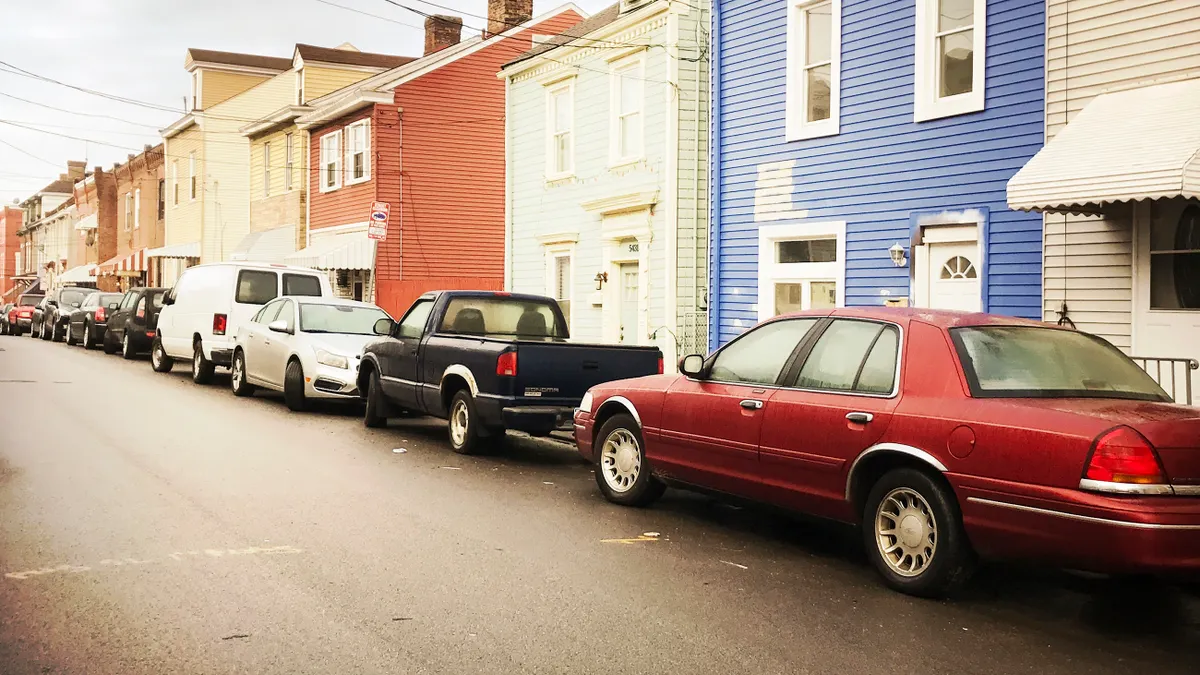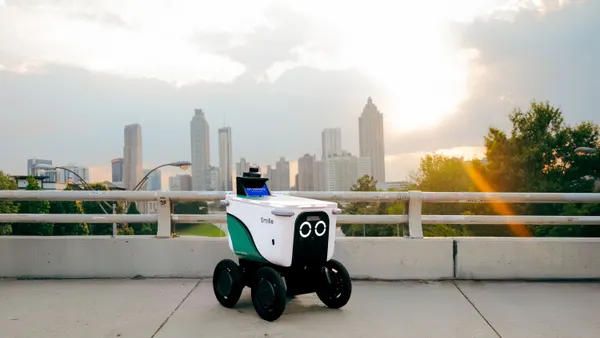Editor's Note: The following is a guest post from John Marcolini, vice president of product management at Itron.
Innovative entrepreneurs are enabling the adoption of Industrial Internet of Things (IIoT) technologies into smart cities and smart utilities, and across a range of industries.
IDC recently reported the spending on smart city technology is expected to hit $80 billion globally this year and $135 billion by 2021, making it critical for cities and municipalities to prepare now for tomorrow’s smart city needs. With this upsurge in IIoT adoption, concerns remain about deployment strategy and appropriate timelines needed to execute them successfully.
As cities move new technologies and applications onto their production networks, the performance, security, durability and resilience of the network have yet to be tested. Scalability is another concern: how will the network remain responsive to its users, as the number of devices on the network grows without any apparent limits?
Let’s delve into what cities and municipalities can do now to take the appropriate steps today to manage future application needs and ensure smart city success.
Innovators should prepare for mass adoption of IIoT
Gartner forecasts 20.4 billion Internet of Things (IoT) devices will be connected globally by 2020 alone. A detailed implementation strategy is critical to the massive adoption of any technology, and this is no less true for the IIoT.
According to a recent report by the Wi-SUN Alliance, half of the organizations investing in IIoT initiatives have already fully implemented a strategy, with more than one-third having partially implemented strategies.
Developers need access to an open, standards-based application framework and tools to enable innovation on multi-use networks. Developer programs provide the tools and technologies needed to accelerate the development of new IIoT solutions. Such programs are designed for anyone interested in creating new IIoT solutions, providing them with the opportunity to develop and test their latest innovations in collaboration with other technologists in the IIoT space.
By deploying standards-based network infrastructure, cities and industries can utilize third-party developers to optimize, improve and extend their service offerings. Developer programs can be the catalyst that cities and utilities need to for the future of IIoT.
Network architecture will be key to delivering a solid foundation for IIoT
By focusing on key current and future needs, network operators can ensure the network architecture they select will deliver the durability, performance, security and resilience required at initial deployment and as the number of networked devices scales. That architecture will also have to support additional use cases in the future and should be planned for. It’s important to keep in mind that some technology providers do not practice what they preach, leading to a misinterpretation of what their technology actually does.
For example, several specialty cellular-based providers have created buzz without much substance to their technology. They talk to certain attributes for the IIoT such as low cost and low energy consumption but have trade-offs with lower speeds to achieve longer ranges.
The issue with most of these “attributes” is they are single-use, proprietary networks. Creating an "Intranet of Things" versus an "Internet of Things" with these solutions not only limits innovation and raises security issues, but it is unnecessarily costly. Machina Research believes as much as $341 billion by 2025 may be wasted by deploying non-standardized IoT solutions for smart cities.
Wi-SUN-based IoT networks have been proven to meet and exceed the needs of utilities and municipalities across the globe. The self-healing mesh design allows IIoT devices to communicate with each other and establish multiple paths through the network. This ensures networks are nearly foolproof, allowing the network to "see around corners."
In other words, their effectiveness and connectivity are not reduced by skyscrapers or other obstacles in the path of the signal. Wi-SUN is built on a mesh architecture that aggregates data from widely distributed endpoints – delivering data predictably to and from the most hard to reach places. Mesh is the best architecture for the IIoT because it aggregates millions of endpoint connections for the public sector and the energy industry.
As cities and utilities implement their IIoT initiatives, they can feel inspired by what the future holds and secure in how the technology they deploy today will scale to help them get there. But these cities and utilities need a catalyst for their plans to implement new applications and services – and that catalyst is developer programs that provide the tools needed to speed up IIoT development.
It’s more important than ever for industries and cities to consider performance, use cases and the ability to foster growth as they deploy their networks. By utilizing a mesh network architecture, cities and utilities can be confident that their IoT deployment will sustain their growth into the future.



















